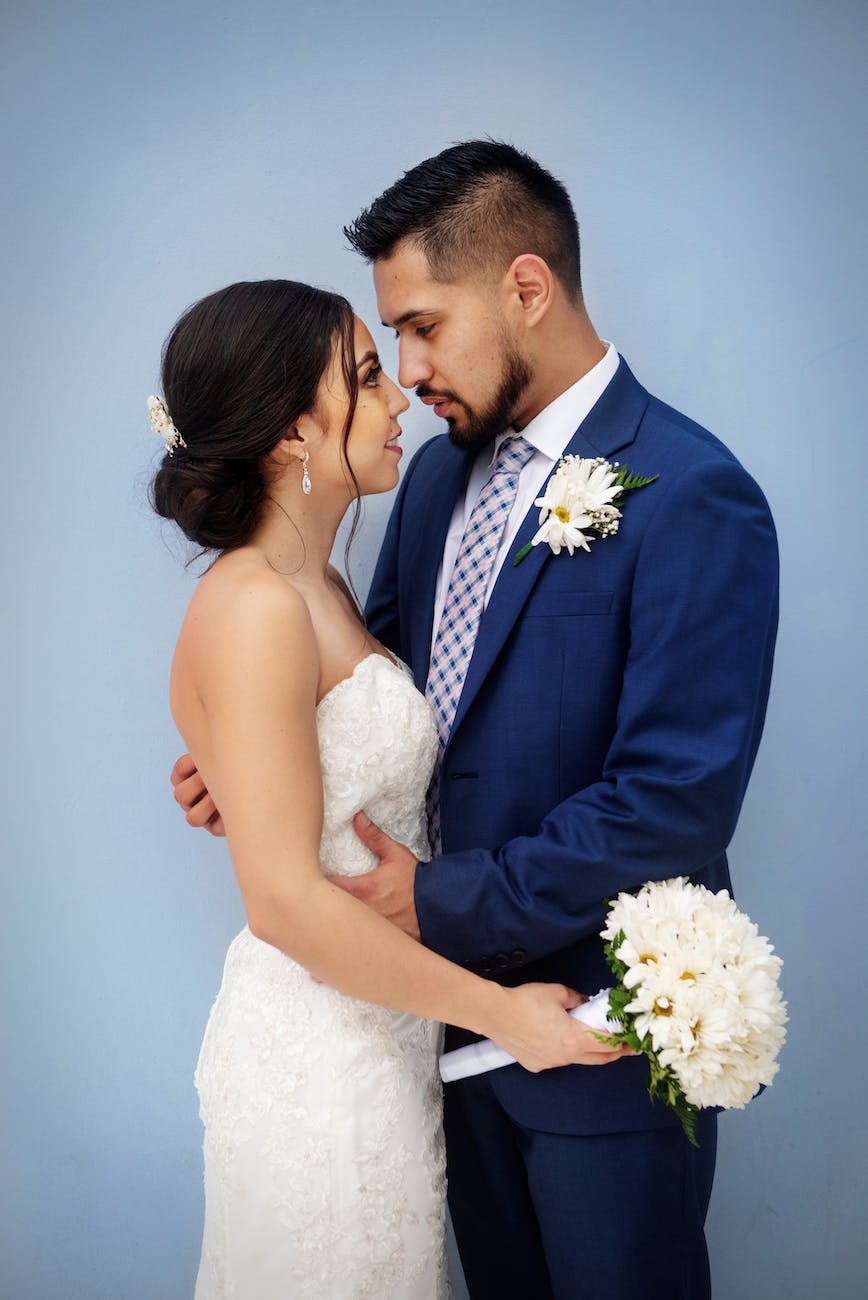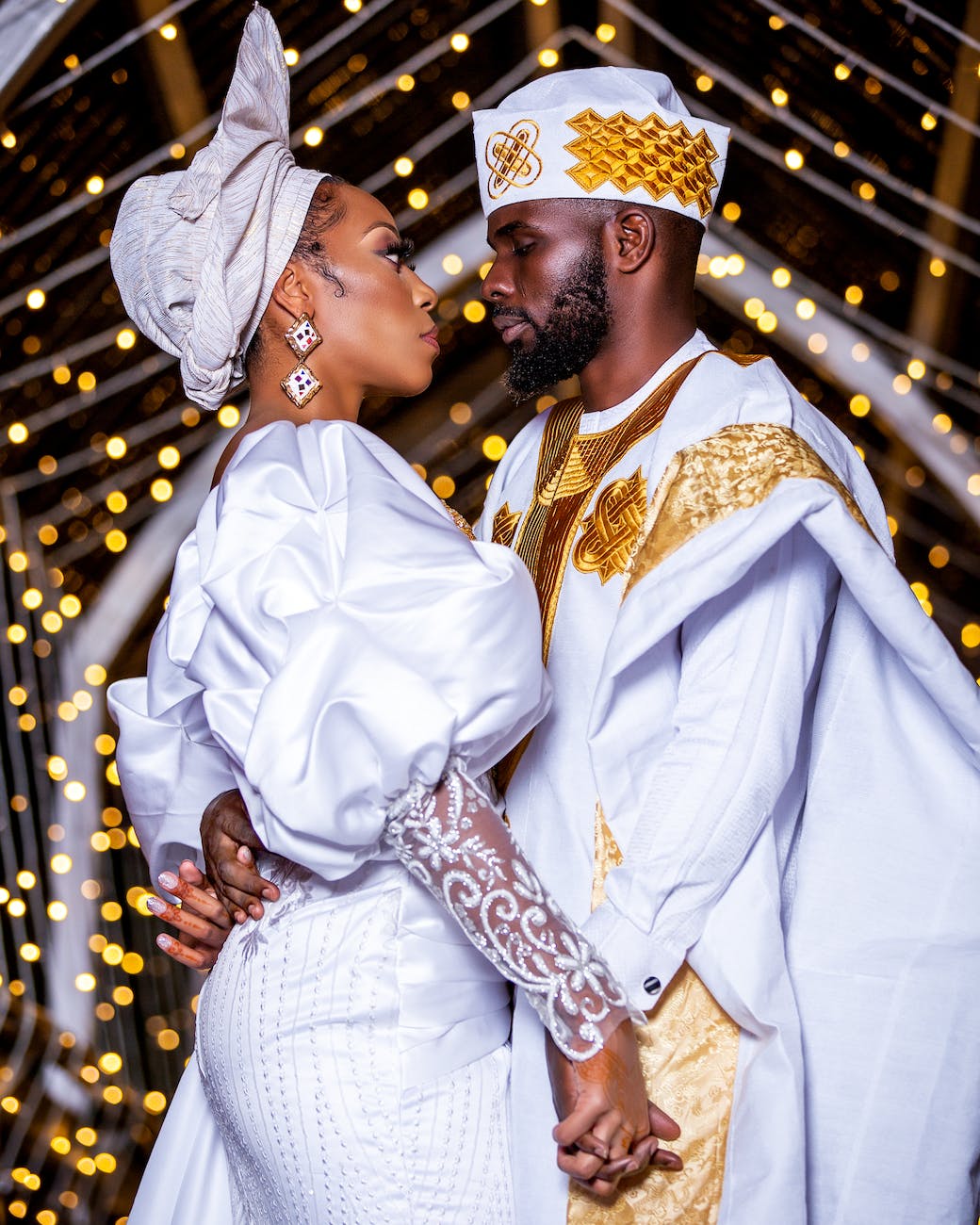
The Pros and Cons of Arranged Marriages
Arranged marriages are a type of marital union where the bride and groom are primarily selected by individuals other than the couple themselves, particularly by family members such as the parents.
In some cultures, a professional matchmaker may be used to find a spouse for a young person. Arranged marriages have historically been prominent in many cultures. The practice remains common in many regions, notably South Asia, Southeast Asia, the Middle East, North Africa, Sub-Saharan Africa, and the Caucasus.
In many other parts of the world, it is called a forced marriage. Forced marriages are not the same as arranged marriages; these forced arrangements do not have the full and free consent of both parties and no major world religion advocates for forced marriages.
Among Muslims, an arranged marriage refers to a marriage where husband and wife become acquainted during meetings initially arranged by their parents, with the couple deciding whether to accept the marriage or not since Islamic law prohibits marrying anyone against his or her will.
The Historical Context of Arranged Marriages
Dating back centuries, arranged marriages were prevalent across civilizations to establish social, economic, and political alliances.
These unions were rooted in the belief that not only did they unite two individuals but also families and communities, ensuring stability and cultural preservation.

Cultural Influences on Arranged Marriages
1. India – A cultural mosaic where arranged marriages are common, guided by factors such as caste, religion, and socioeconomic status.
2. Japan – Emphasizes family harmony and maintaining social ties, with parents playing a pivotal role in selecting suitable partners based on shared values.
3. Middle East – Marriage in this region is deeply rooted in tradition and often involves the union of families rather than just individuals.
4. Africa – Many African cultures practice arranged weddings to forge alliances, strengthen social bonds, and sustain cultural values.
The Role of Parents and Matchmakers
Parents and matchmakers act as facilitators in the process of arranged marriages, leveraging their experience, knowledge, and network to locate potential partners based on various criteria.
Their key role is to ensure compatibility, taking into account factors like family background, education, values, and financial stability.
Advantages of Arranged Marriages
1. Mutual Goals: Arranged marriages often unite partners who share similar aspirations and long-term goals, fostering a solid foundation for the relationship.
2. Strong Family Support: With families deeply involved in the union, arranged weddings benefit from the support and resources of extended family networks.
3. Cultural Preservation: These unions play an essential role in preserving cultural practices, traditions, and values, ensuring their continuation for future generations.
4. Long-Term Commitment: Arranged weddings are known for their commitment to weathering challenges, as couples often approach marriage with a long-term perspective.
Challenges of Arranged Marriages

1. Limited Personal Choice: The absence of individual preference may lead to feelings of dissatisfaction and compromise.
2. Compatibility Concerns: Couples may face challenges in adjusting to their partner’s habits, likes, and dislikes, compromising the initial stages of marital bliss.
3. Expectation Pressure: Societal and familial expectations can weigh heavily on couples, with the pressure to conform to established norms.
4. Communication Skill Development: Lack of prior courtship may hinder open communication channels, requiring effort to bridge the gap initially.
Conclusion
Arranged marriages, though intricately tied to tradition and cultural practices, continue to appeal to individuals seeking stable and supportive partnerships.
As society evolves, arranged weddings adapt to incorporate aspects of individual choice and compatibility. We invite you to share their thoughts and experiences on this topic in the comment section.
Continue reading: Are You in a Codependent Relationship?